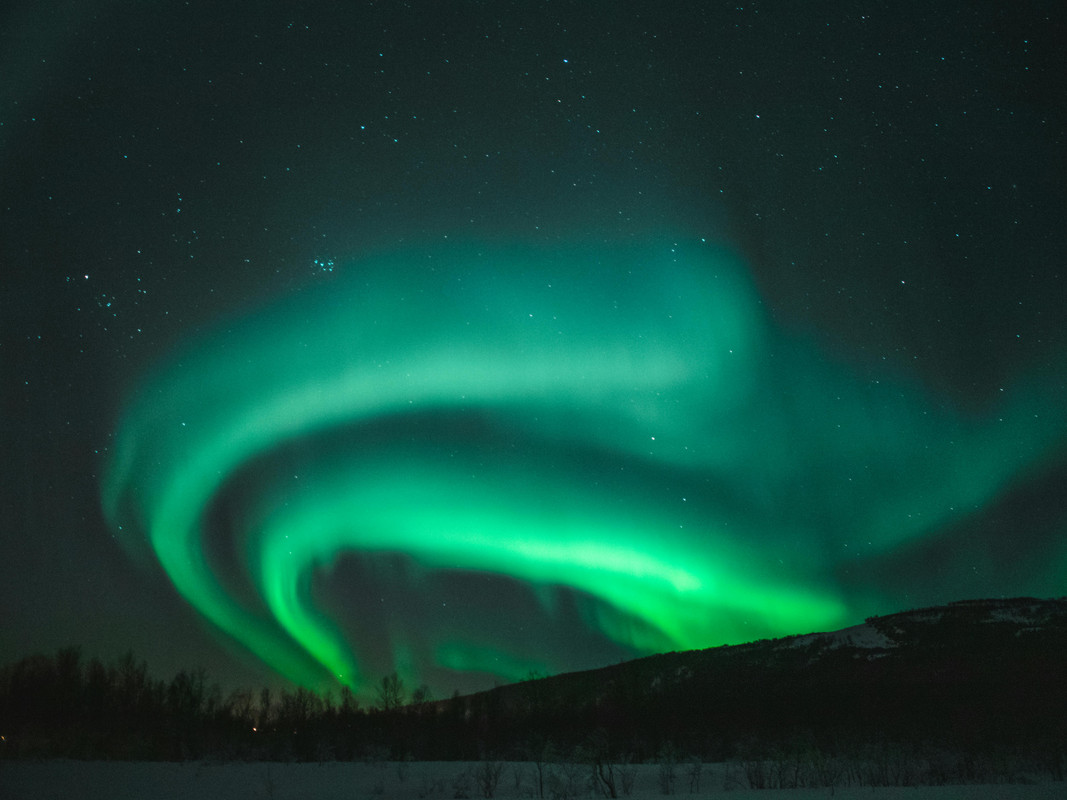Aurora Borealis Lights Up the US: A Spectacular Solar Storm Display
Aurora Borealis Lights Up the US: A Spectacular Solar Storm Display A significant geomagnetic storm, resulting from a coronal mass ejection (CME) from the sun, is expected to bring the

Aurora Borealis Lights Up the US: A Spectacular Solar Storm Display
A significant geomagnetic storm, resulting from a coronal mass ejection (CME) from the sun, is expected to bring the breathtaking aurora borealis to much of the northern United States. The NOAA Space Weather Prediction Center issued a rare G4 (severe) geomagnetic storm watch, indicating the potential for widespread aurora visibility.
Initial predictions suggested the aurora may be visible over much of the northern half of the country, potentially reaching as far south as Alabama and northern California. Later forecasts refined the possible viewing areas, suggesting sightings could be possible in states including Iowa, Oregon, and Pennsylvania, depending on the intensity of the auroral display and clear skies.
The best viewing times are typically between 10 p.m. and 2 a.m. local time, away from city lights to minimize light pollution. The intensity of the aurora will depend on several factors, including the strength of the geomagnetic activity and the observer's location closer to the magnetic poles. Alaska, Canada, and Scandinavia are consistently known for their prime aurora viewing opportunities due to their higher northern latitudes.
While the light show is expected to be spectacular, it's crucial to note that solar storms can also have detrimental impacts on critical technology, potentially disrupting power grids, communications, navigation, radio, and satellite operations. The Space Weather Prediction Center continues to monitor the situation and provide updates. This solar storm, while strong, is not predicted to be as powerful as the one experienced last May which also resulted in widespread aurora sightings. Therefore, while the potential for a stunning auroral display across the US is high, those in northern states have the best chance of witnessing this celestial event.